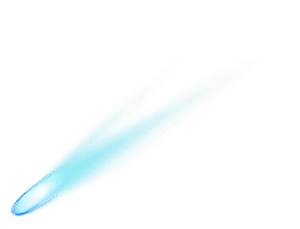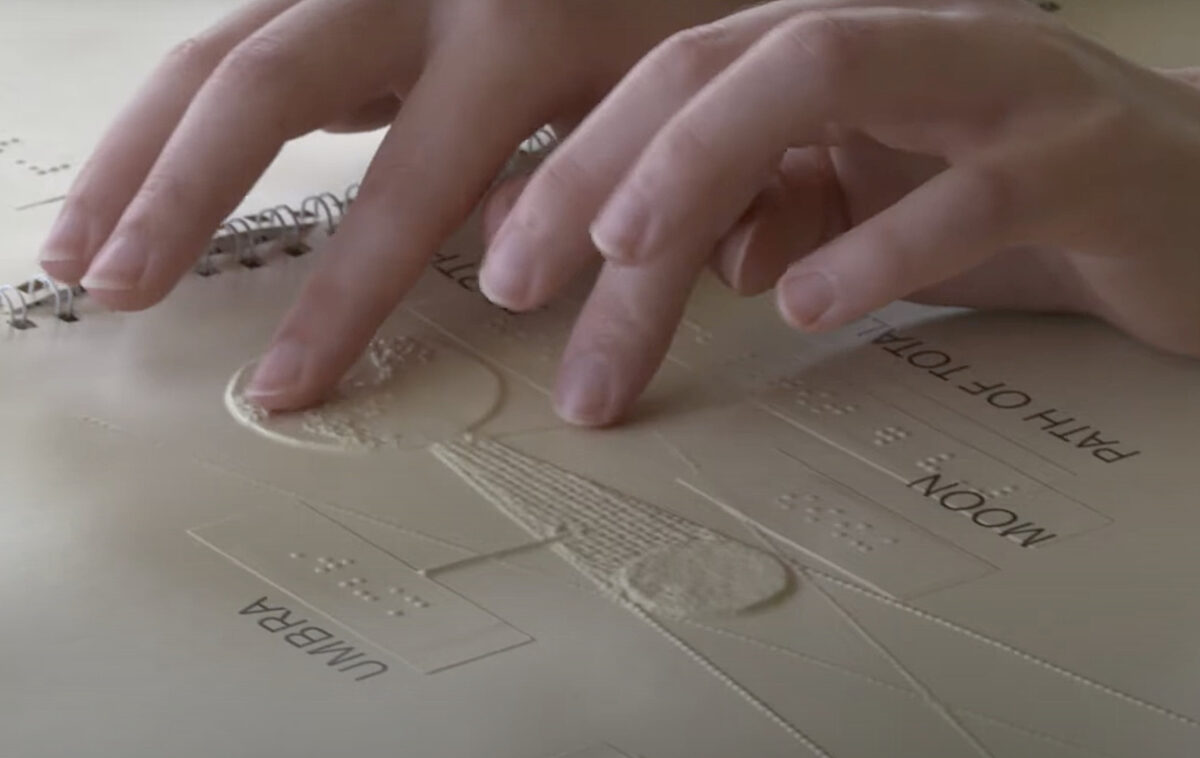The Downlink • Apr 05, 2024
Space: See it, hear it, feel it, predict it
Space Snapshot

A comet is gracing our skies this month. Known as 12P/Pons-Brooks or the “Devil Comet” because of a horned appearance, this comet will make its closest approach to the Sun on April 21, appearing in the west-north-west after sunset for Northern Hemisphere viewers. Although most people will need binoculars to spot it, it might be just visible with the naked eye in dark sky sites. Pictured: 12P/Pons-Brooks imaged by astrophotographer Nielander. Image credit: Nielander.
Fact Worth Sharing

The Devil Comet gets its horned appearance from cryovolcanic activity. As the Sun’s energy heats up the comet, pressure builds up and causes eruptions of dust, gas, and ice.
Mission Briefings


The North American total solar eclipse is this Monday! Viewers across North America will be treated to a solar eclipse on Monday, April 8. For tens of millions of people, this will be seen as a total eclipse. For hundreds of millions more, it’ll be a partial eclipse. If you aren’t in the path of the eclipse or are expecting bad weather, you can still witness this spectacular cosmic event by watching the live stream of The Planetary Society’s Eclipse-O-Rama 2024 event, featuring Bill Nye, Everyday Astronaut, and more special guests. Pictured: The 2017 total solar eclipse. Image credit: NASA.

Volunteer citizen scientists have helped find SOHO’s 5,000th comet. The Solar and Heliospheric Observatory, a collaboration between ESA and NASA, has found its 5000th comet thanks to the help of ordinary people around the world. Through the mission’s Sungrazer project, people can look for comets in SOHO images of the Sun’s surroundings.

SLIM has survived a second lunar night. The Japanese Smart Lander for Investigating Moon (SLIM) landed upside down on the lunar surface on Jan. 19, tempering expectations of its longevity. But the spacecraft has defied the odds by surviving two 14-day lunar nights without sunlight, reviving again last week to send images and data back to Earth.
From The Planetary Society


Eclipses are more accessible than you might think. New technologies, projects, and resources aim to make this year’s eclipse more inclusive, helping as many people as possible experience this extraordinary cosmic event. Learn more about how people with blindness or low vision can experience and enjoy the upcoming solar eclipse. Pictured: A still from a NASA video about its Getting a Feel for Eclipses braille book, which explains how eclipses work and uses tactile graphics to show the alignment of the Sun, Moon, and Earth. Image credit: NASA.

Planet X and Planet Nine: not science fiction, science hypothesis! Planet X and Planet Nine are planets that have, at one time or another, been thought to exist in our Solar System. Find out why scientists think a ninth planet may be out there and how we’re looking for it.

Working together, NASA and ESA are greater than the sum of their parts. The two space agencies collaborate extensively to make extremely ambitious missions possible. From JWST to Mars Sample Return, together these complex organizations achieve things that neither could accomplish alone. Our latest article explains how ESA and NASA work together to expand the frontiers of discovery.

The Day of Action is just a few weeks away. With the next fiscal year looking bleak for NASA, it’s more important than ever to advocate for the importance of investing in space science and exploration. If you live in the United States, join us for our Day of Action in Washington, D.C, on April 28 and 29 to meet with your representatives in Congress to urge them to support NASA’s budget. Registration closes on April 15, so sign up today!
What's Up

This week look for reddish Mars and the similarly bright, yellowish Saturn very near each other in the pre-dawn east, about the width of a Full Moon apart. They may be hard to view, being very low to the horizon. In the early evening, look for very bright Jupiter in the west. The North American solar eclipse on April 8 also means the rest of the world gets a New Moon. On April 10, the crescent Moon will be near Jupiter. Find out what else April’s night skies have in store.
Wow of the Week

Researchers at Predictive Science are using data from NASA’s Solar Dynamics Observatory to predict what our Sun’s corona might look like during the April 8 total solar eclipse. They take measurements of the Sun’s changing magnetic field, visualized in the image above, to drive their model of emissions from the Sun’s outer atmosphere. Total solar eclipses provide rare opportunities to actually see those emissions, allowing the researchers to test and refine the accuracy of their models. Image credit: Predictive Science.
Send us your artwork!
We love to feature space artwork in the Downlink. If you create any kind of space-related art, we invite you to send it to us by replying to any Downlink email or writing to [email protected]. Please let us know in your email if you’re a Planetary Society member!


 Explore Worlds
Explore Worlds Find Life
Find Life Defend Earth
Defend Earth

